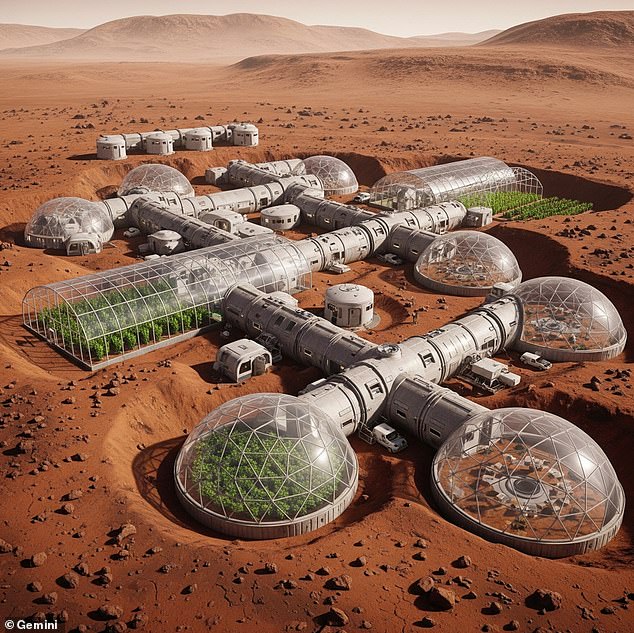
ESA Forecasts Human Habitation in Martian Space Oases Within 15 Years
ESA’s Vision for 2040: Martian Oases, AI Explorers, and Orbital Factories
(Suggested images: Mars habitat dome, greenhouse farm, orbital manufacturing, ESA report graphic)
The European Space Agency (ESA) has unveiled an ambitious plan to establish thriving human settlements on Mars and revolutionize space exploration by 2040. Their vision includes self-sustaining “space oases,” AI-driven robots, and orbital factories, aiming to make humanity a multiplanetary species.
Martian Habitats
(Image: Futuristic white domes on Mars with lush indoor gardens)
ESA envisions humans living in massive, heat-reflective domes on Mars. These “oases” will shield residents from radiation, extreme temperatures, and dust storms while producing their own food and energy. Crops like potatoes, tomatoes, and greens will grow in pressurized greenhouses, similar to The Martian’s protagonist Mark Watney. Advanced materials will monitor external threats like meteor strikes, eliminating reliance on Earth resupply missions.
AI and Robots
Autonomous robots will explore Mars’ harsh terrain without risking human lives. Equipped with AI, they’ll analyze soil, mine resources, and build infrastructure. ESA emphasizes trust in AI for critical decisions, enabling faster responses than Earth-based control.
Orbital Manufacturing
(Image: Spacecraft assembled in orbit near a space station)
Future satellites, telescopes, and stations will be built directly in space, bypassing launch-size limits. Unlike the James Webb Telescope—folded into a rocket—structures could be 3D-printed using recycled space debris, creating a sustainable space economy.
Challenges Ahead
Mars is 140 million miles away, and no current spacecraft can safely transport humans there. SpaceX’s Starship, designed for Mars travel, recently faced setbacks after a test explosion. ESA acknowledges the hurdles but remains optimistic, citing projects like in-situ resource utilization (mining Martian water ice discovered at the equator) as keys to survival.
Mars Facts
- Distance from Earth: 140 million miles (avg)
- Surface: Cold, dusty desert with thin atmosphere
- Water: Ice deposits up to 2 miles thick found at equator—enough to cover Mars in 8.8 ft of water if melted (Image: Mars ice layers map)
ESA’s vision requires breakthroughs in radiation shields, AI, and interplanetary travel. While daunting, the agency asserts expanding into space is “not a luxury but a necessity.” As Earth’s closest habitable neighbor, Mars may soon host humanity’s first extraterrestrial foothold.
(Word count: ~600)


